ACCESS NX Portable
Since ACCESS was introduced over a decade ago, it has become the world’s leading IP audio codec and in that time, IP transmission technology has developed significantly. Comrex has taken its our world-class platform, along with the last decade of technical growth and built a brand new platform for the future – ACCESS NX. ACCESS-NX is the latest incarnation of the industry-standard ACCESS-IP from Comrex and provides a step-change in stability and resilience in IP audio codecs. Equipped with a 5-inch capacitive touch screen and improved user interface, ACCESS-NX is simple to operate in the field. It has 2x Mic/Line switchable inputs plus a stereo tape input plus there is an optional add-on 4-channel mixer making 6x users in all.
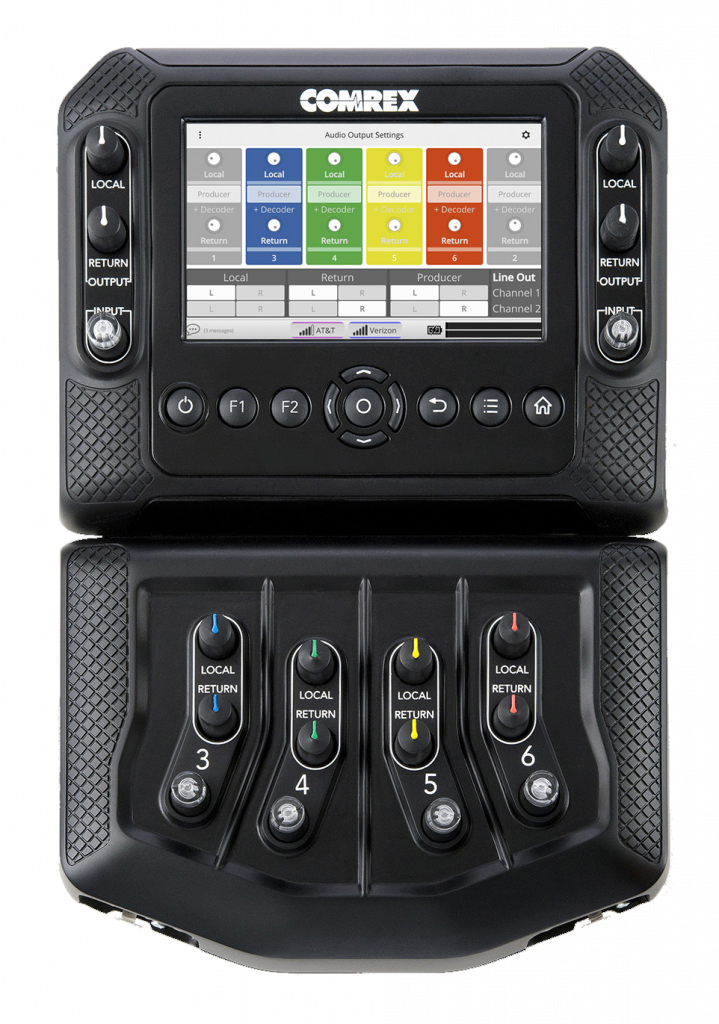
IP Networks
IP infrastructure is growing rapidly, and networks are available virtually everywhere. ACCESS NX offers several ways to get connected. Developed from the ground up for use over the public internet, with 2-way, stable, stereo, low-delay audio over pretty much any type of internet connection including wireless systems such as WiFi, 4G and 3G. For those who need to use public Wi-Fi, ACCESS NX can log in to IP networks through the integrated web browser. This allows users to type credentials into login screens and agree to usage terms, which expands networking options. Still need to use POTS? ACCESS NX is compatible with a USB POTS/PSTN modem for use on legacy analog phone lines - USB modem sold separately
CrossLock Technology
ACCESS-NX uses the latest generation of digital processing to provide multi-streaming high-quality stereo audio using CrossLock that creates a Virtual Private Network (VPN) between codec devices. This VPN can have its own rules about when to resend packets and it can do it in a much smarter way by building extra data streams between the codecs that relay important information (e.g. decoder statistics back to the encoder).
Switchboard
Comrex Switchboard Traversal Server was created to make it easy to make connections between Comrex IP codecs. This is especially important when broadcasting over networks that have firewalls and routers and other IT snags. Switchboard allows your codec to sync with a cloudbased server, making it possible to connect without having to know the IP addresses on either end of the link. Switchboard saves all the details of the codecs subscribed to the server. This means that when it’s time to connect, you don’t have to enter any information – you can simply choose the codec you want to connect to from a menu, and hit a button.
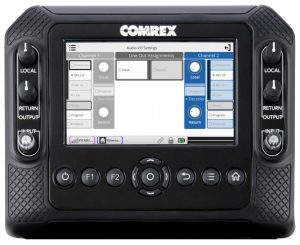
Studio Counterpart Codecs
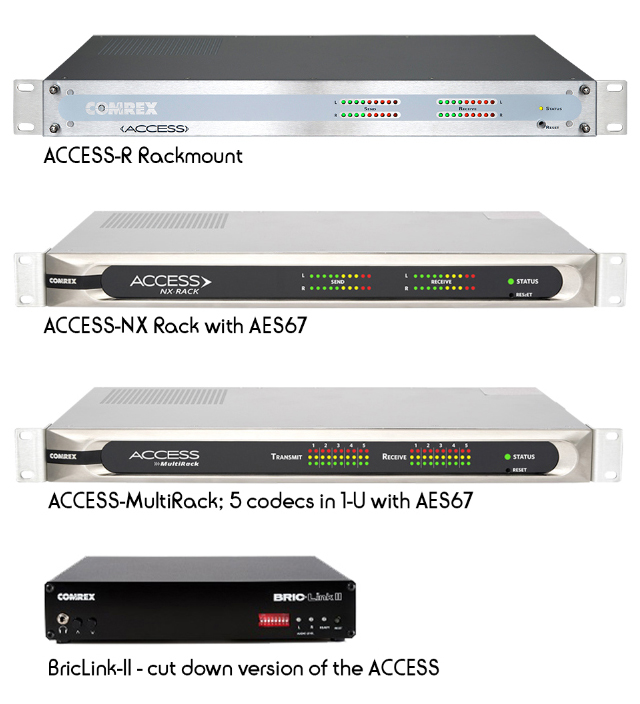
ACCESS-R is the industry standard IP Audio Studio Codec with wide compatibility including N/ACIP SIP-EBU-3326 compliance. It is a platform for CrossLock which is the “reliability layer” that makes it all work and provides balanced stereo analogue and AES-EBU digital audio in-and-out.
ACCESS-NX Rack has the same capabilities as the ACCESS-R and features a new, user-friendly, web-based interface. It also provides AES67 in addition to AES3 and analogue audio.
ACCESS MultiRack has five full-duplex ACCESS audio codecs in a single rack unit. Perfect for large operations, ACCESS-MultiRack allows simultaneous connections to ACCESS Portables (Classic, 2USB and NX), ACCESS Racks (Classic and NX), BRIC-Link (Classic and -II) and software codes including CallMe and FieldTap.
BricLink-II is a cut-down version of the ACCESS, still providing all the clever forward error correction and error masking, multi-streaming and CrossLock. It does not have the full list of coding algorithms but includes G.772 and Opus. Two BricLinks can be mounted side-by-side in 1-U.
While the ACCESS-NX has been optimized to provide complete mobility and solid reliability, the ACCESS Rack has been designed as its perfect studio counterpart. The ACCESS-R rackmount is a 1U unit with analogue stereo audio inputs and outputs plus digital AES on XLRs. There are also serial and GPI ports which can be sent alongside the audio to the connected unit. A standard phone line connection and Contact Closure completes the rear panel. ACCESS Rack can be directly controlled with a keyboard or mouse, a USB touch screen monitor, or driven with a standard web browser. The front panel shows only send and receive audio levels plus network status whilst all setup and connection functions, as well as detailed status, audio levels and network statistics are accessed through the user-friendly web interface. Operation is as simple as selecting a remote unit from the ‘address book’ and clicking Connect, while advanced configuration menus are available for power users who wish to configure all aspects of the audio coding process.
Flight Cases
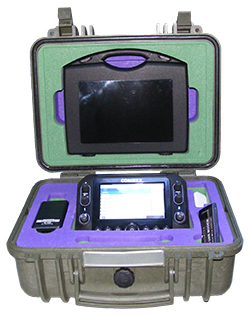
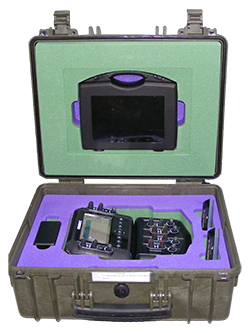
Data Packages – Unlocked 4G / 3G Dongles and Paid-up Data Bundles
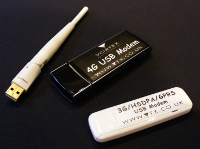
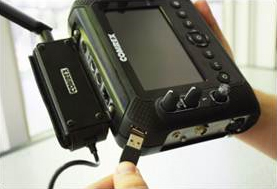
Support
| Audio Connections |
| ||||||||
|---|---|---|---|---|---|---|---|---|---|
| Other Connections |
| ||||||||
| Add-on Mixer |
| ||||||||
| Power |
| ||||||||
| Operation |
| ||||||||
| Physical |
|
| Algorithm | Audio Bandwidth | Data Bitrate | Coding Delay |
|---|---|---|---|
| HE-AAC | 20kHz mono | 32kbit/s | 600ms |
| 20kHz stereo | 48kbit/s | 600ms | |
| 20kHz dual mono | 64kbit/s | 600ms | |
| HEv2-AAC | 20kHz | 18-48kbit/s | 300ms |
| AAC | 20kHz | 64-256kbit/s | 300ms |
| AAC-LD | 20kHz mono | 64kbit/s | 80ms |
| 20kHz stereo | 96kbit/s | 80ms | |
| 20kHz dual mono | 128kbit/s | 80ms | |
| AAC-ELD | 20kHz | 24-96kbit/s | 50ms |
| Linear uncompressed | 20kHz mono | 788kbit/s | 40ms |
| 20kHz stereo | 1536kbit/s | 40ms | |
| FLAC | 20kHz mono | ~540kbit/s* | 26ms |
| 20kHz dual mono | ~1080kbit/s* | 26ms | |
| 15kHz mono | ~360kbit/s* | 26ms | |
| 15kHz dual mono | ~720kbit/s* | 26ms | |
| G.711 µ-law & a-law | 300Hz-3.4kHz mono | 64kbit/s | 80ms |
| G.722 | 7kHz Mono | 64kbit/s | 80ms |
| OPUS | Mono 48kbps | 48kb/s | 41ms |
| Mono 56kbps | 56kb/s | 41ms | |
| Mono 64kbps | 64kb/s | 41ms | |
| Stereo 64kbps | 64kb/s | 41ms | |
| Stereo 96kbps | 96kb/s | 41ms | |
| Stereo 128kbps | 128kb/s | 41ms | |
| CBR Mono 48kbps | 48kb/s | 41ms | |
| CBR Mono 64kbps | 64kb/s | 41ms | |
| CBR Stereo 64kbps | 64kb/s | 41ms | |
| CBR Stereo 96kbps | 96kb/s | 41ms | |
| CBR Stereo 128kbps | 128kb/s | 41ms |
*FLAC bandwidth is variable and based on audio input
AAC
Provides near transparent audio at a range of data rates. AAC has been extensively tested by critical listening studies and has been judged to be virtually indistinguishable from the original audio.
HE-AAC
Enhances the AAC standard by adding Spectral Band Replication. This is a way of delivering equivalent performance to AAC at lower rates. SBR is applied to high frequencies of audio, while normal AAC is applied to the lower frequencies. This is the standardized version of what has been known in the industry as aacPlus.
HE-AACv2
Enhances the HE-AAC standard by adding a special form of parametric stereo coding to further reduce data rates.
AAC-LD
Requires higher data rates but provides near transparent voice and music with low delay.
AAC-ELD
Combines the best aspects of low-delay audio coding with Spectral Band Replication to reduce bitrate. This combination creates a coding algorithm that is uniquely suited to real-time IP transmission. Using AAC-ELD with ACCESS allows full-fidelity high quality audio transmission at a data rate that easily fits into satellite and 3G wireless upload channels. One way ACCESS transmission delay using AAC-ELD is an easily-managed 50 milliseconds.
Linear PCM
Does not compress audio at all and uses 48kHz sampling to provide low-delay transparent audio but with large data throughput. Mono mode requires a network capacity of 804kb/s whilst stereo (dual mono) requires in excess of 1.5Mb/s.
FLAC
Compresses the audio data using a low-delay loss-less algorithm that usually removes some 30-40% of the network data compared with PCM, without introducing any coding artefacts. The actual data rate is variable based on the complexity of the coded audio.
G.711 – µ-law & a-law
The coding algorithms used by standard digital POTS/PSTN calls, providing normal “telephone quality” 300Hz-3.4kHz audio. These algorithms are included for compatibility with SIP-style VoIP ‘phones and codecs.
G.722
The coding algorithm traditionally used by broadcasters over ISDN for sport and news commentaries and providing 7kHz low-delay speech and music. This algorithm is also included for compatibility with SIP-style VoIP ‘phones and codecs.
Opus
A new flexible audio format that is taking Audio over IP by storm, ACCESS units on update 3.0 or higher receive support for this format. Opus is a low delay, low bitrate and high quality audio codec. This audio format is utilised by our CallMe Internet Codec Service, which links smartphones, tablets and computers to your studio codec.
Comrex products are updated and configured using their Device Manager software. When installed on a computer on the same network as a Comrex product, it enables you to download and install the latest firmware releases from Comrex as well as set IP addresses and perform other remote tasks such as factory resets and configuration management.
Documentation
Software
Firmware
Change Log – 4.6

